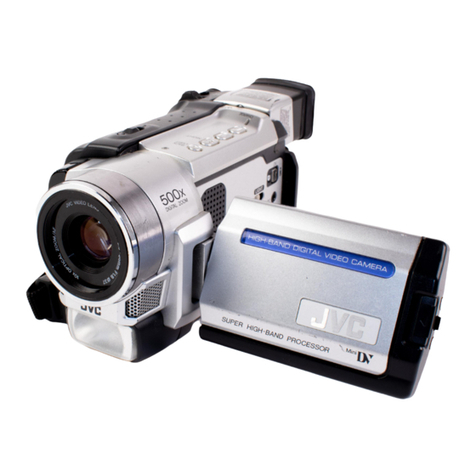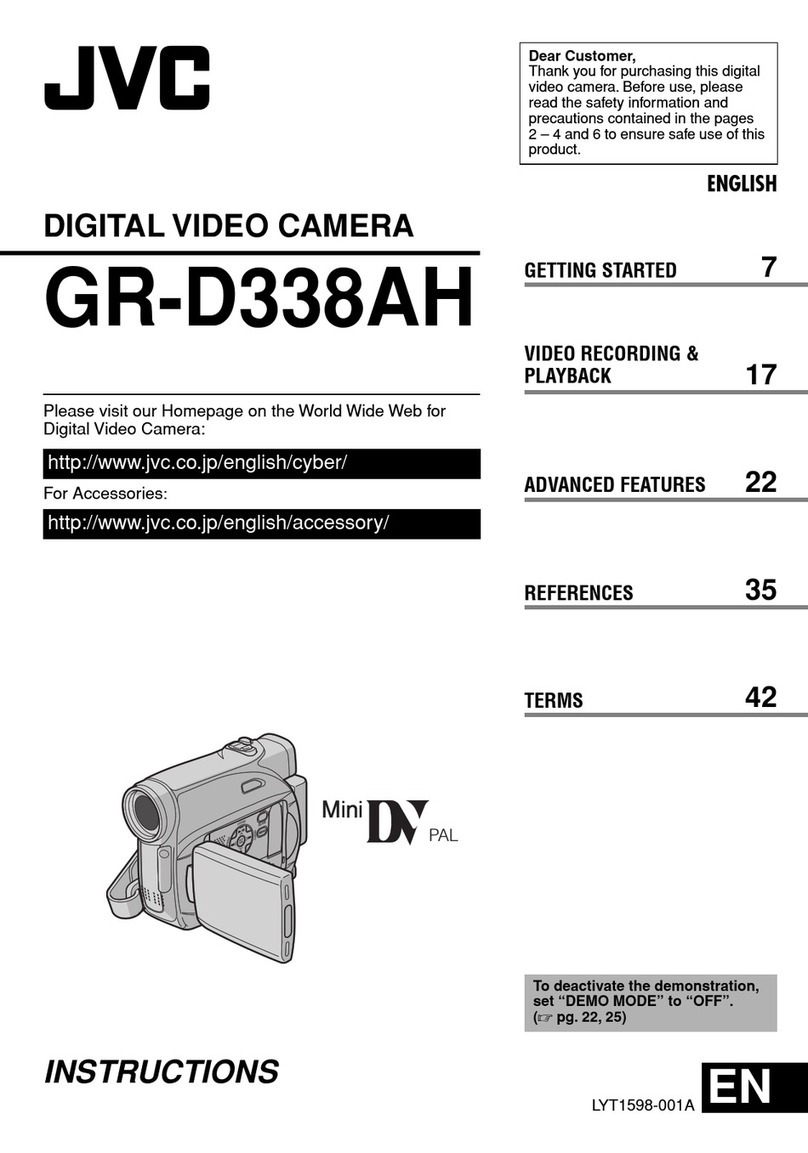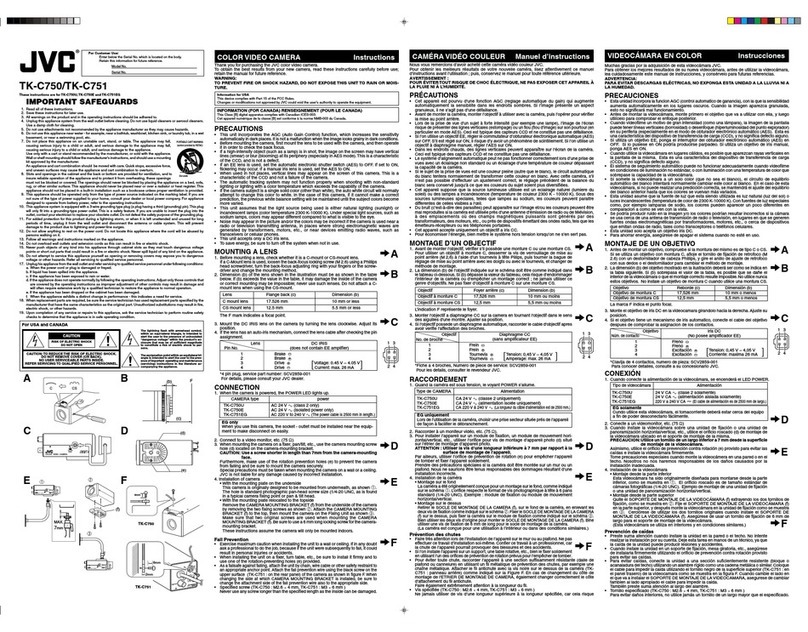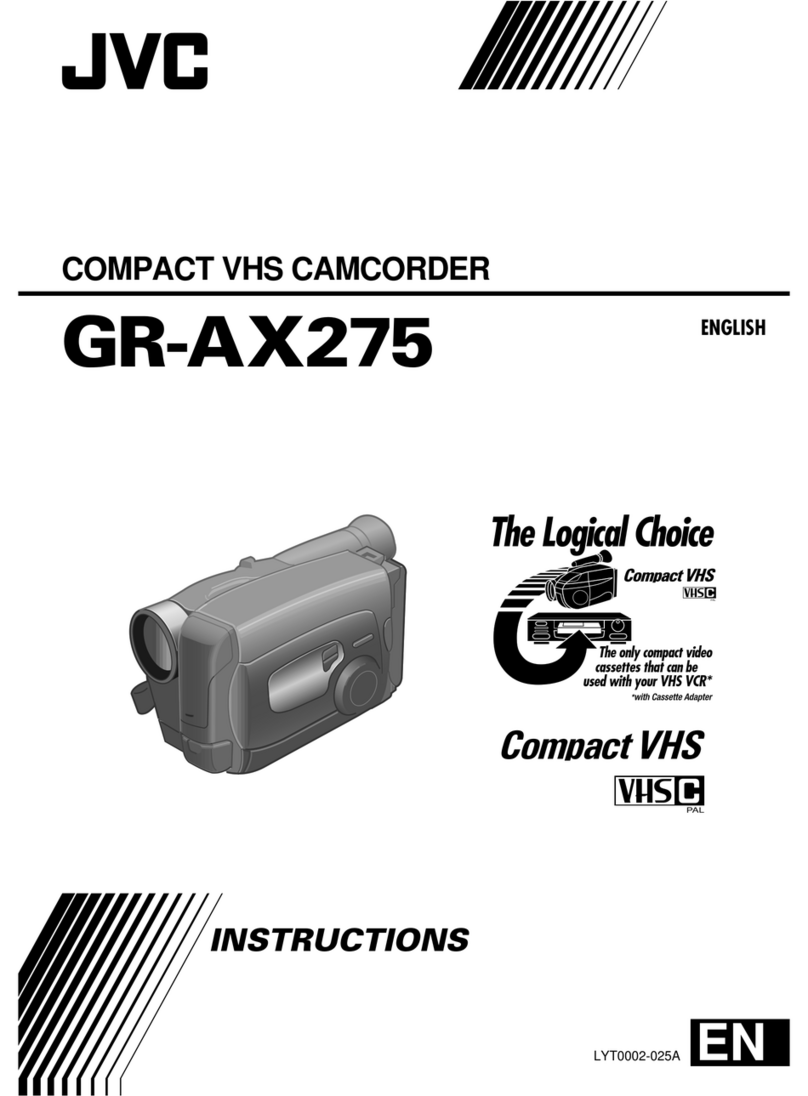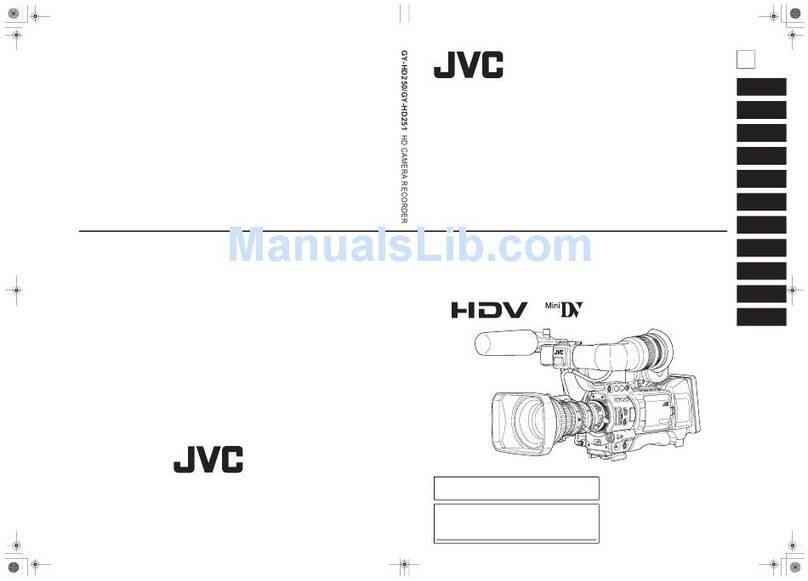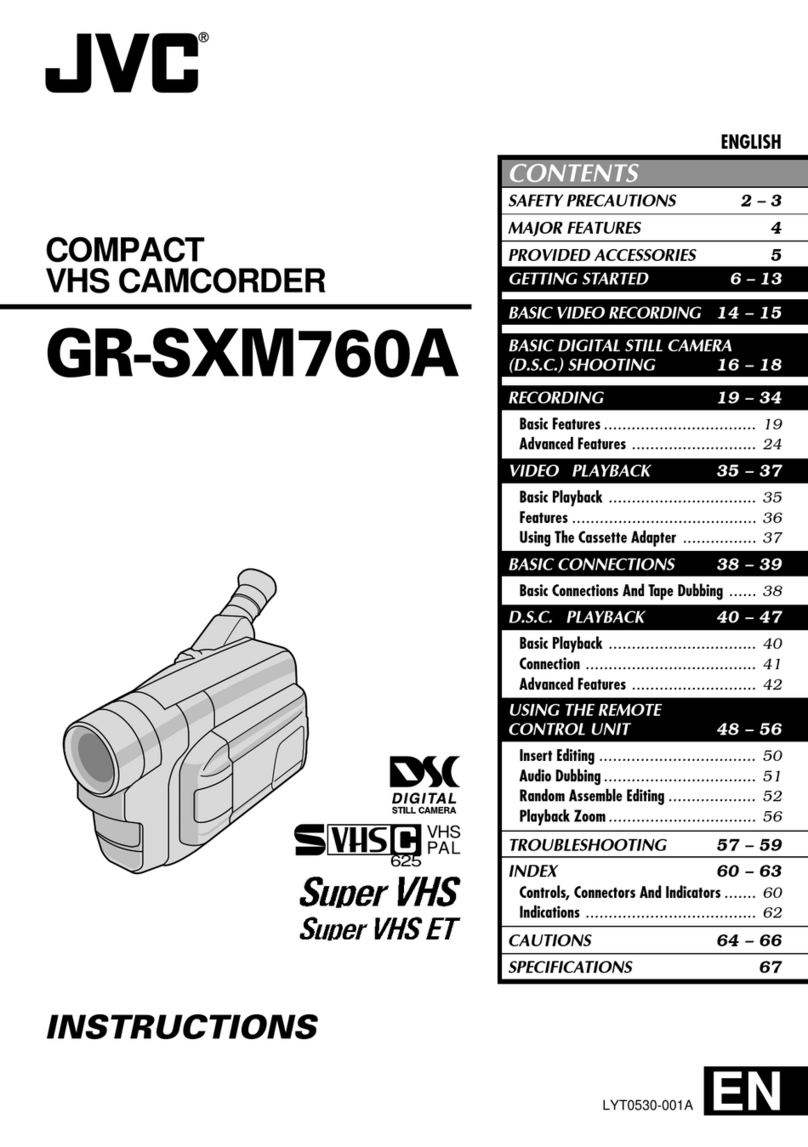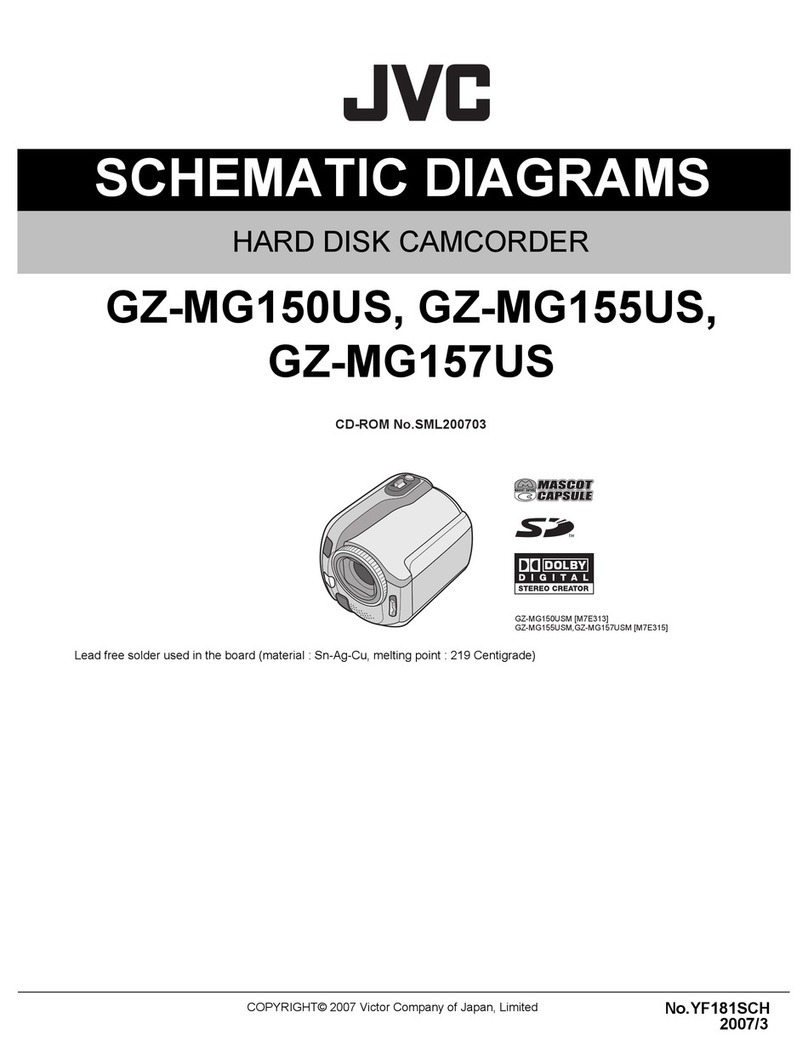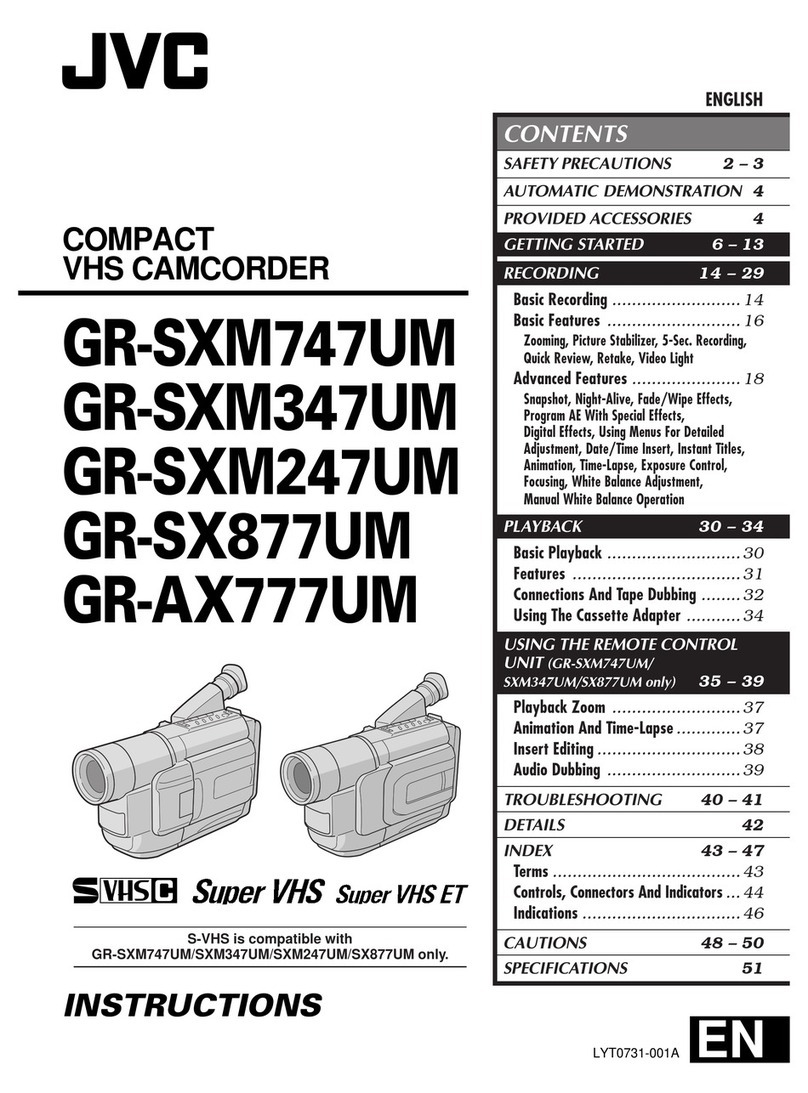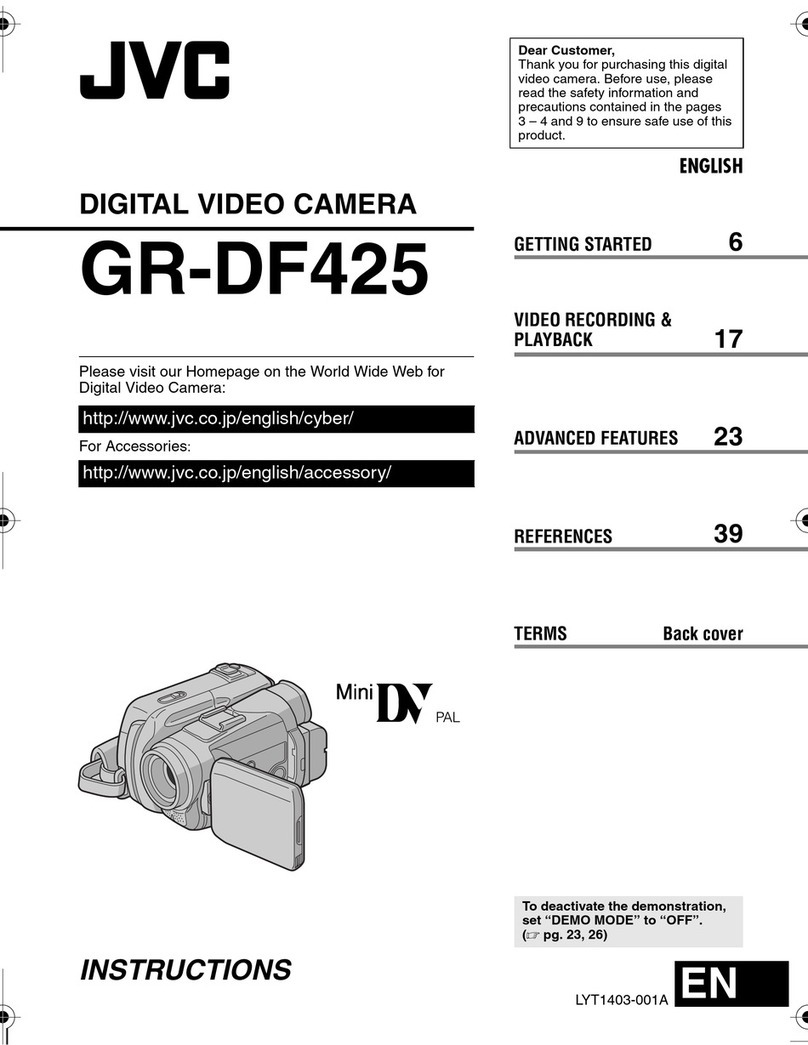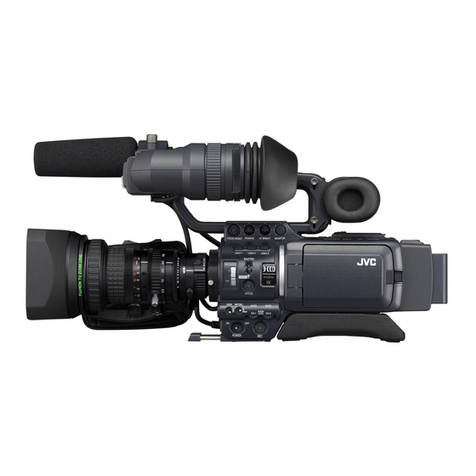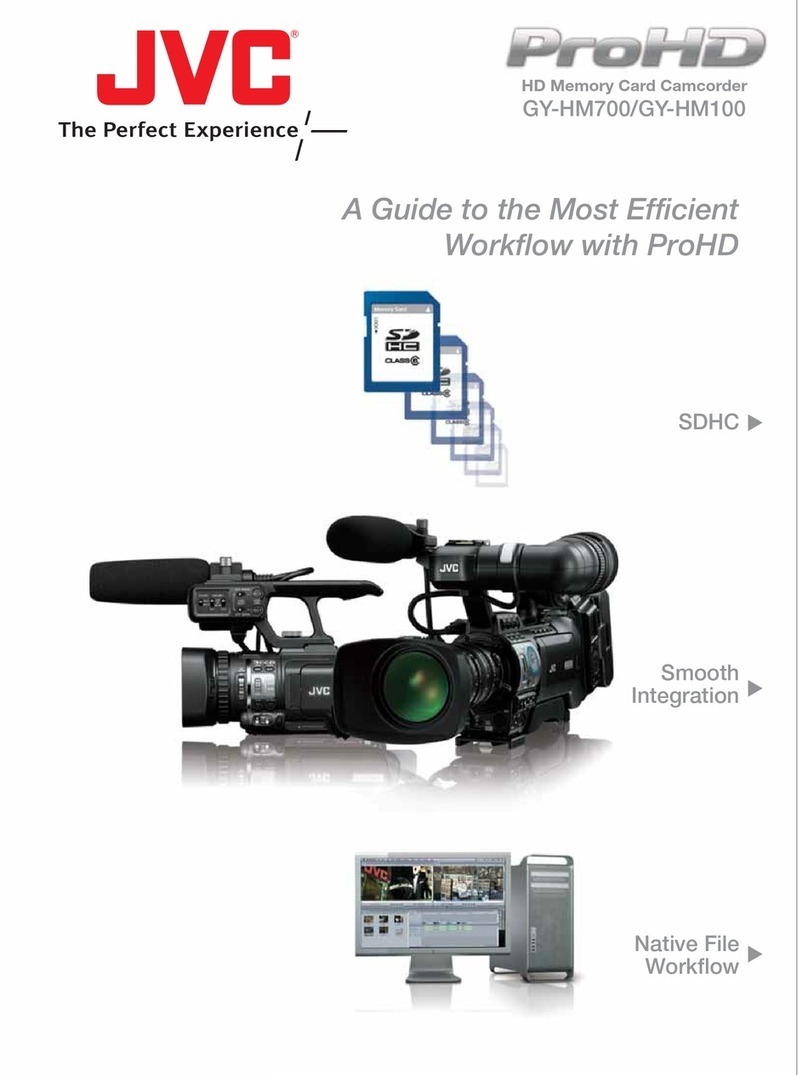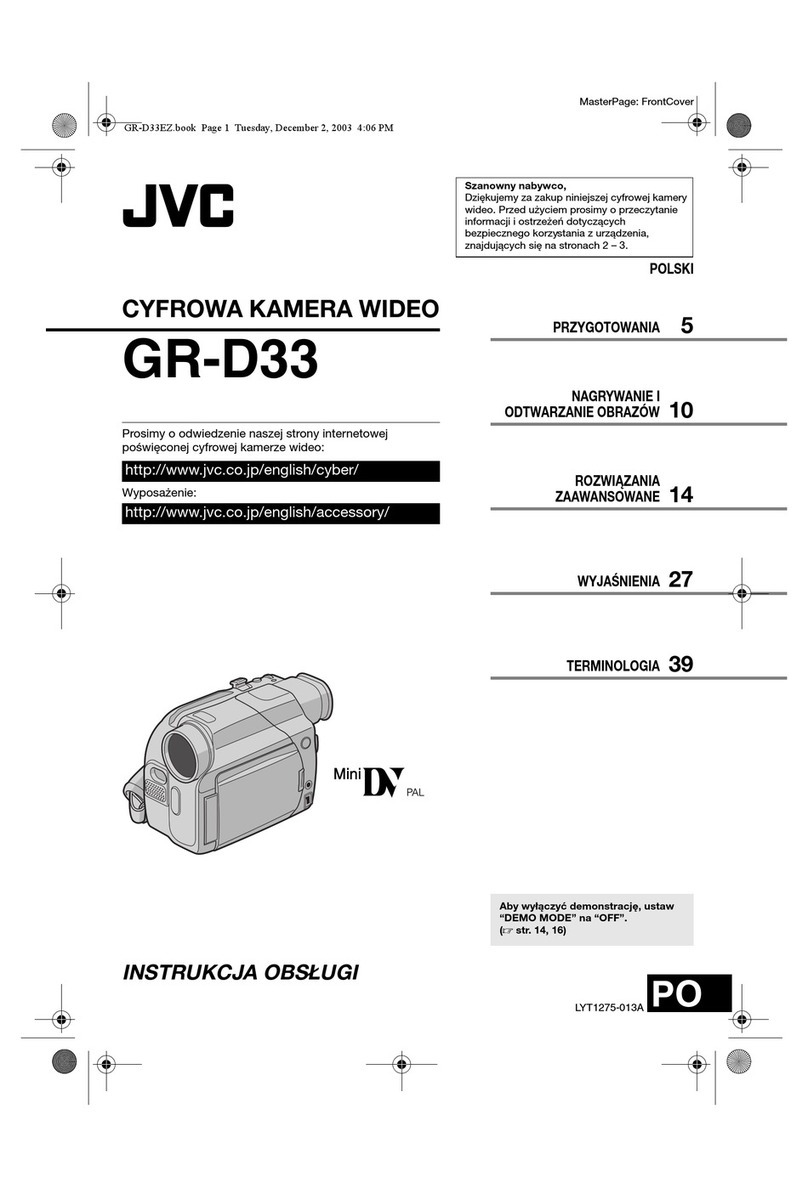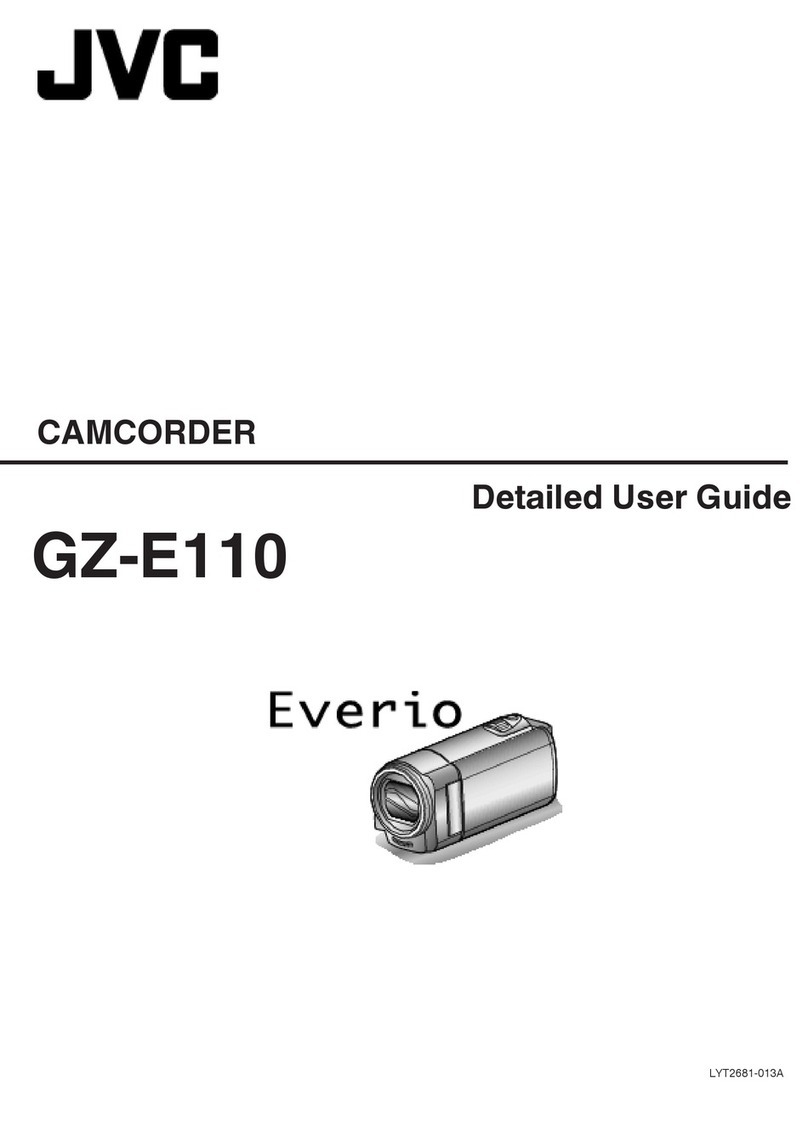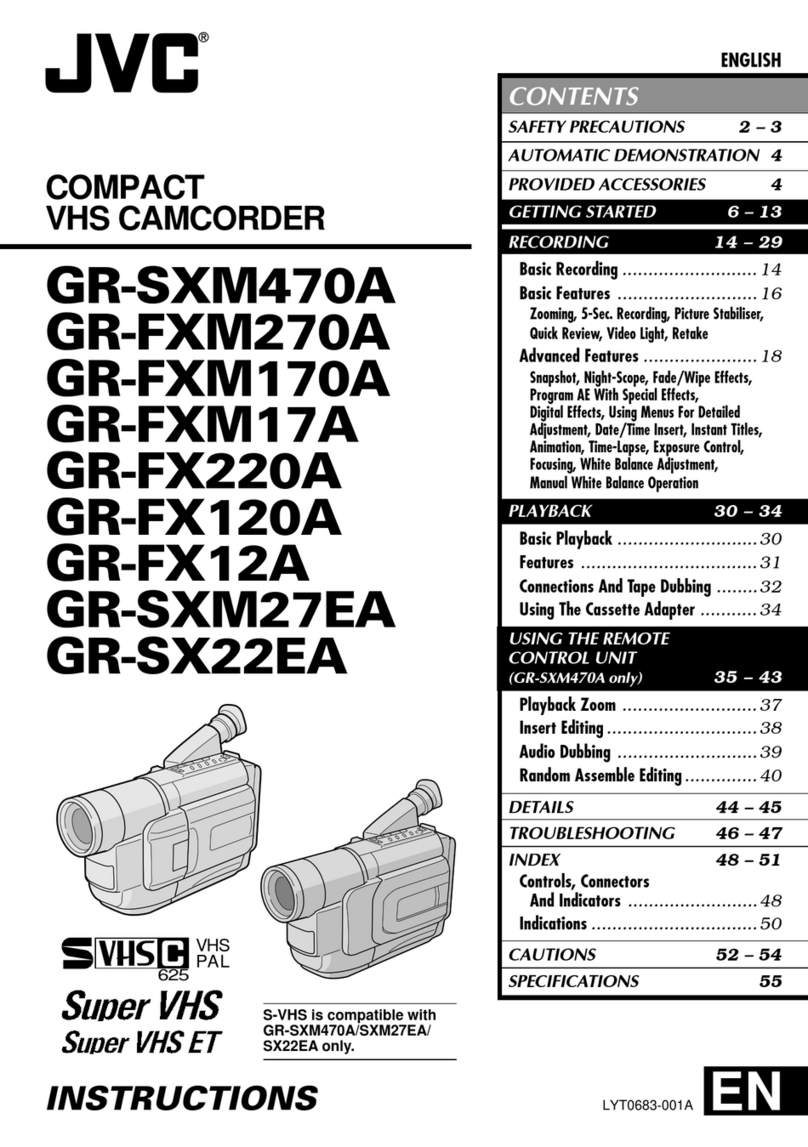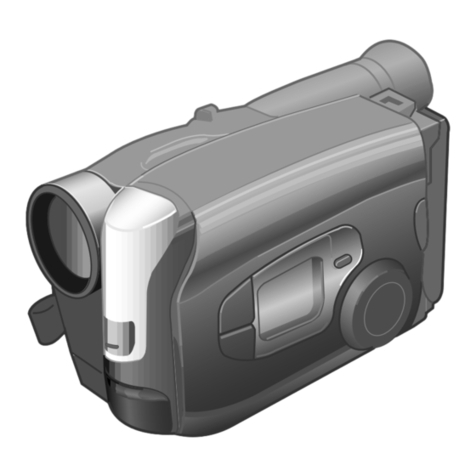
Important Safety Precautions
INSTRUCTIONS
1. DISASSEMBLY
1.1 BEFORE ASSEMBLY AND DISASSEMBLY ......................... 1-1
1.1.1 Precautions ..................................................................... 1-1
1.1.2 Assembly and disassembly ............................................ 1-1
1.1.3 Destination of connectors ............................................... 1-1
1.1.4 Disconnection of Connectors (Wires) ............................. 1-1
1.2 JIGS AND TOOLS REQUIRED FOR DISASSEMBLY,
ASSEMBLY AND ADJUSTMENT ......................................... 1-2
1.2.1 Tools required for adjustments ........................................ 1-2
1.3 DISASSEMBLY/ASSEMBLY OF CABINET PARTS AND
BOARD ASSEMBLY ............................................................. 1-2
1.3.1 Disassembly flow chart ................................................... 1-2
1.3.2 Disassembly method ...................................................... 1-3
1.4 DISASSEMBLY OF THE 4OP BLOCK AND
CCD BOARD ASSEMBLIES ................................................. 1-8
1.4.1 Precautions ..................................................................... 1-8
1.4.2 How to remove ................................................................ 1-8
1.4.3 How to install .................................................................. 1-8
1.4.4 Replacement of Service Repair Parts ............................ 1-8
1.5 7E.VF(COLOR) ................................................................... 1-9
1.5.1 Disassembly/Assembly of the 7E.VF(COLOR) ............. 1-9
1.6
DISASSEMBLY/ASSEMBLY OF THE
@
MONITOR ASSEMBLY
1-10
1.6.1 @Monitor Assembly and Hinge Assembly ................... 1-10
1.7 MANUAL EJECTION OF THE CASSETTE TAPE ............... 1-11
1.8 EMERGENCY DISPLAY ..................................................... 1-12
1.9 SERVICE NOTE .................................................................. 1-13
2. MECHANISM ADJUSTMENT
2.1
PRELIMINARY REMARKS ON ADJUSTMENT AND REPAIR ..
2-1
2.1.1 Precautions ..................................................................... 2-1
2.1.2 Notes on procedure for disassemby/assembly ............... 2-1
2.2 JIGS AND TOOLS REQUIRED FOR DISASSEMBLY,
ASSEMBLY AND ADJUSTMENT ......................................... 2-2
2.2.1 Tools required for adjustments ........................................ 2-2
2.3 DISASSEMBLY/ASSEMBLY OF MECHANISM ASSEMBLY 2-3
2.3.1 General statement .......................................................... 2-3
2.3.2 Explanation of mechanism mode ................................... 2-3
2.3.3 Mechanism timing chart .................................................. 2-4
2.4 DISASSEMBLING PROCEDURE TABLE ............................. 2-5
2.4.1 Disassembly/assembly ................................................... 2-7
2.4.2 List of procedures for disassembly ............................... 2-13
2.5
CHECKUP AND ADJUSTMENT OF MECHANISM PHASE ..
2-14
2.6 MECHANISM ADJUSTMENTS .......................................... 2-15
2.6.1 Adjustment of the slide guide plate ............................... 2-15
2.6.2
Adjustment of the Tension Arm and Pad Arm Assemblies
2-16
2.6.3 Adjustment of the Slide Lever 2 .................................... 2-16
2.7 SERVICE NOTE .................................................................. 2-17
2.8 JIG CONNECTOR CABLE CONNECTION ........................ 2-19
2.8.1 Tape pattern check ....................................................... 2-20
3. ELECTRICAL ADJUSTMENT
3.1 PRECAUTION ....................................................................... 3-1
3.2 SETUP .................................................................................. 3-2
3.3 MONITOR ADJUSTMENT .................................................... 3-3
3.3.1 PLL (MONI) .................................................................... 3-3
3.4 ELECTRONIC VIEWFINDER (E.VF) ADJUSTMENT ........... 3-3
3.4.1 PLL (VF) ......................................................................... 3-3
TABLE OF CONTENTS
Section Title Page Section Title Page
4. CHARTS AND DIAGRAMS
NOTES OF SCHEMATIC DIAGRAM .......................................... 4-1
CIRCUIT BOARD NOTES ........................................................... 4-2
4.1 BOARD INTERCONNECTIONS ........................................... 4-3
4.2
MAIN IF SCHEMATIC DIAGRAM ............................................... 4-5
4.3 SYSCON-CPU SCHEMATIC DIAGRAM .................................... 4-7
4.4 MSD-CPU SCHEMATIC DIAGRAM ............................................ 4-9
4.5 AUDIO AD/DA SCHEMATIC DIAGRAM ................................... 4-11
4.6 MAIN AUDIO SCHEMATIC DIAGRAM ..................................... 4-13
4.7 DVMAIN SCHEMATIC DIAGRAM ............................................ 4-15
4.8 VIDEO I/O SCHEMATIC DIAGRAM ......................................... 4-17
4.9 CDS/AD SCHEMATIC DIAGRAM ............................................. 4-19
4.10 DSP SCHEMATIC DIAGRAM ................................................ 4-21
4.11 OP DRIVE SCHEMATIC DIAGRAM ...................................... 4-23
4.12 TG/VDR SCHEMATIC DIAGRAM .......................................... 4-25
4.13 DSC SCHEMATIC DIAGRAM ................................................ 4-27
4.14 DSC IF AND SD SCHEMATIC DIAGRAMS ........................... 4-29
4.15 USB SCHEMATIC DIAGRAM ................................................ 4-31
4.16 MDA SCHEMATIC DIAGRAM ................................................ 4-33
4.17 PRE/REC SCHEMATIC DIAGRAM ........................................ 4-35
4.18 JUNCTION SCHEMATIC DIAGRAM ..................................... 4-37
4.19 REG SCHEMATIC DIAGRAM ................................................ 4-39
4.20 MONITOR SCHEMATIC DIAGRAM ....................................... 4-41
4.21 JACK SCHEMATIC DIAGRAM .............................................. 4-43
4.22 EJECT, DECK OPE. AND CCD SCHEMATIC DIAGRAMS .. 4-45
4.23
FE SW, FRONT, ZOOM UNIT, POWER OPE. UNIT, FOCUS UNIT
AND SW FPC UNIT SCHEMATIC DIAGRAMS ................................
4-47
4.24 VF BL SCHEMATIC DIAGRAM .............................................. 4-49
4.25 MAIN CIRCUIT BOARD [GR-DV3000EG] ............................. 4-51
4.26 MAIN CIRCUIT BOARD [GR-DV3000EK/A/EA/ED/SH] ......... 4-57
4.27 DSC CIRCUIT BOARD ........................................................... 4-63
4.28 PRE/MDA CIRCUIT BOARD .................................................. 4-65
4.29 JUNCTION AND JACK CIRCUIT BOARDS ........................... 4-67
4.30 REG CIRCUIT BOARD [GR-DV3000EG] ............................... 4-69
4.31 REG CIRCUIT BOARD [GR-DV3000EK/A/EA/ED/SH] .......... 4-71
4.32 MONITOR CIRCUIT BOARD ................................................. 4-73
4.33 EJECT AND DECK OPE. CIRCUIT BOARDS ....................... 4-75
4.34 CCD CIRCUIT BOARD .......................................................... 4-77
4.35 FE SW AND FRONT CIRCUIT BOARDS .............................. 4-78
4.36 VF BL CIRCUIT BOARD ........................................................ 4-79
4.37 VOLTAGE CHARTS ............................................................... 4-80
4.38 POWER SYSTEM BLOCK DIAGRAM ................................... 4-85
4.39 VIDEO SYSTEM BLOCK DIAGRAM ...................................... 4-87
4.40 REGULATOR SYSTEM BLOCK DIAGRAM .......................... 4-91
5. PARTS LIST
5.1 PACKING AND ACCESSORY ASSEMBLY <M1> ............... 5-1
5.2 FINAL ASSEMBLY <M2> ..................................................... 5-3
5.3 MECHANISM ASSEMBLY <M3> ......................................... 5-6
5.4 ELECTRONIC VIEWFINDER ASSEMBLY <M4> ................ 5-8
5.5 MONITOR ASSEMBLY <M5> .............................................. 5-9
5.6 ELECTRICAL PARTS LIST ................................................. 5-10
MAIN BOARD ASSEMBLY <01> ............................................. 5-10
DSC BOARD ASSEMBLY <02> .............................................. 5-17
PRE/MDA BOARD ASSEMBLY <03> ..................................... 5-18
JUNCTION BOARD ASSEMBLY <04> ................................... 5-19
REG BOARD ASSEMBLY <05> .............................................. 5-19
MONITOR BOARD ASSEMBLY <06> ..................................... 5-20
JACK BOARD ASSEMBLY <07> ............................................. 5-22
EJECT BOARD ASSEMBLY <08> .......................................... 5-22
DECK OPE. BOARD ASSEMBLY <09> .................................. 5-22
CCD BOARD ASSEMBLY <10> .............................................. 5-23
FE SW BOARD ASSEMBLY <11> .......................................... 5-23
FRONT BOARD ASSEMBLY <12> ......................................... 5-23
VF BL BOARD ASSEMBLY <13> ............................................ 5-23
GR-DV3000EG GR-DV3000EK GR-DV3000EA GR-DV3000A GR-DV3000SH GR-DV3000ED
AC ADAPTER CHARGER AA-V40EG AA-V40EK AA-V40EA AA-V40A AA-V40SH AA-V40ED
PERI-RCA ADAPTER USED USED NOT USED NOT USED NOT USED NOT USED
CONVERSION PLUG NOT USED NOT USED NOT USED USED NOT USED NOT USED
The following table lists the differing points between Models GR-DV3000EG, GR-DV3000EK, GR-DV3000EA, GR-DV3000A,
GR-DV3000SH and GR-DV3000ED in this serise.
